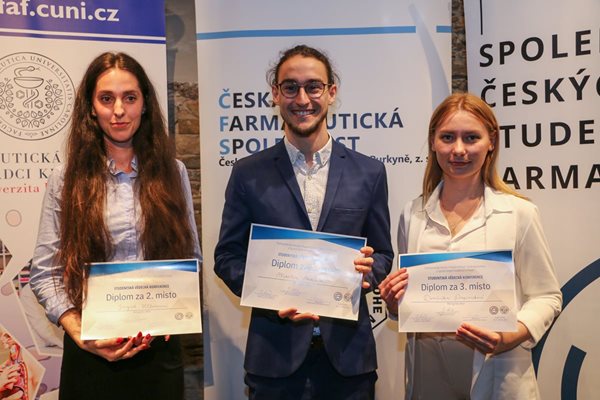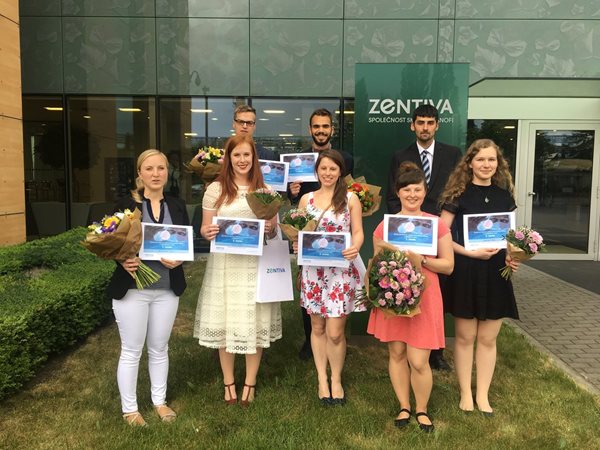for In Vitro Research of Toxic and Protective Actions of Xenobiotics

Group in 2024
The research of our group is focused on diverse aspects of molecular and cellular toxicology. Using cultured cells (both isolated primary cell cultures as well as permanent cell lines) we aim at advancing the mechanistic understanding of various types of cellular injuries and actions of xenobiotic substances. We study differences in actions of various agents in different cell types and involvement of specific cell death pathways, including apoptosis - the most important type of the programmed cell death. We also focus on mitochondria - organelles crucial for cell death and survival and key mediators of the intrinsic apoptotic pathway.
For more details on our main research topics continue here.
We are always open to further collaborations in areas of drug-induced cardiotoxicity and photodynamic therapy as well as other research topics that can make use of our expertise and/or instrumentation.
Downloads:
News:
-
March 2024: Charles University Grant Agency project no. 157524 (principal investigator: Magdaléna Kozlíková; title: Development of 3D heterotypic tumor models for the study of photodynamic therapy) has been accepted for funding - Congratulations!
-
February 2024: Czech Health Research Council project AZV NW24J-05-00016 (principal investigator: Miloslav Macháček; title: Employment of photosensitizer-based therapy to combat notorious multi-drug resistant bacterial delinquents from the group ESKAPE responsible for skin and wound infections) has been accepted for funding - Congratulations!
-
April 2023: Great success of our diploma students Martin Mašín and Ingrid Hlbočanová who won 1st and 2nd places in the Biological section of XXX. Students‘ Science Conference. Congratulations!

Ingrid (left) and Martin (center) at the award ceremony. (Photo by Lucia Rusková.)

Monika (second from right) just after winning the Supranational round of the Student´s Science conference at Zentiva.
-
April 2018: Great success of our diploma student Monika Steklá, who won the Biological section of XXVI. Students‘ Science Conference with her work entitled "In vitro evaluation of the photodynamic activity of novel amphiphilic (aza)phthalocyanines". Congratulation to her! She was selected for the Supranational round of the Student´s Science conference that will take place on 9th May 2018 at Zentiva a.s.